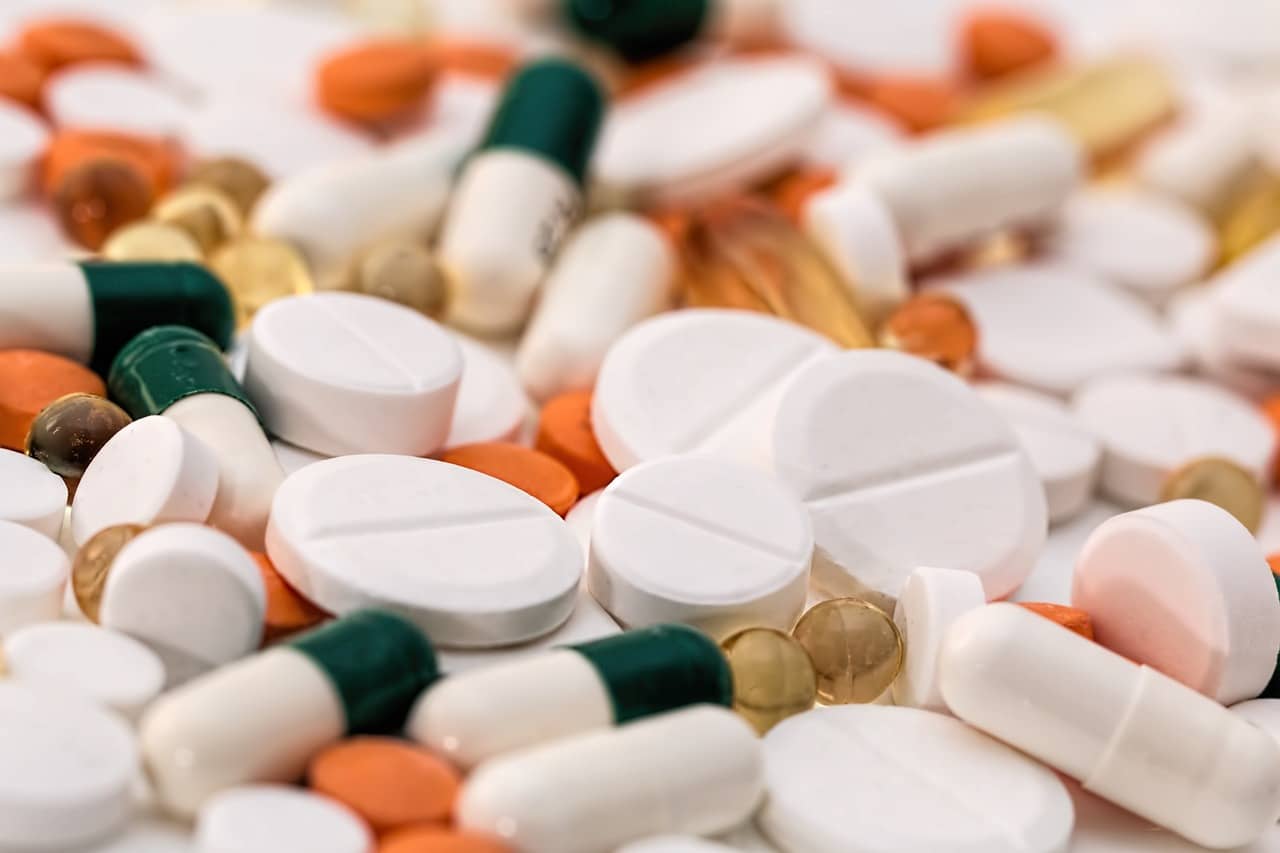Estimated reading time (in minutes)

The Mediator affair or more recently the Dépakine affair are, among other things, the biggest health scandals of the decade in France. The late withdrawal from the market of these long-contested drugs would be the cause of hundreds of deaths or major disabilities in France… How could this have happened? How are drugs controlled?
A drug only reaches the market after a long process of development and control. The goal: to avoid accidents. But beware of any inappropriate use…
A drug is “a complex product which acts on the body, with an expected benefit, but also adverse effects, mild or serious, indicates Catherine Lasalle, director of scientific affairs at Leem, the organization which federates pharmaceutical companies. All new medicines are tested and evaluated in terms of safety, quality and efficacy. Clinical studies make it possible to detect the most frequent effects, to assess the benefit/risk and the monitoring criteria for certain patient profiles. »
It all starts with preclinical studies, which involve animal testing. Only then can clinical analyzes be carried out, by testing the new compound on humans. This phase, which can last ten years, is done in several stages on groups of volunteers: a few tens or hundreds of people at the beginning, then several thousands or tens of thousands in the last phase.
Placing a medicine on the market:
In fact, a large number of studies are carried out:
– pharmacologically: to describe the behavior of the active ingredient in the living organism,
– toxicologically: to define the doses not to be exceeded.
The observations resulting from these studies are contained in the marketing authorization application file (AMM).
Then, the drug agencies give their agreement on the known tolerance of the active ingredient and especially on the favorable benefit/risk for the patient, adds Catherine Lassalle. The drug continues to be monitored for five years, very carefully, by the same authorities.
This observation may lead to precautions for use or restrictions. The Marketing Authorization may be modified in its indication and extended if the drug proves effective for another disease.
A course supposed to provide maximum guarantees, but which does not prevent accidents, due to inappropriate prescription or use. Hence the importance of the pharmacovigilance system set up with health professionals to report any adverse effects.
Lack of centralized monitoring
However, to date, no organization in France provides centralized monitoring of drugs on sale.
The evaluation depends on two agencies:
– the National Medicines Safety Agency (ANSM), a kind of medicines policeman, which manages pharmacovigilance;
– the Haute Autorité de Santé (HAS), which assesses the therapeutic value of each drug currently on the market.
The HAS Transparency Commission assesses the actual benefit (SMR) of the drug and its improvement when it is first marketed.
Thereafter, the product is reassessed every five years, unless a decrease in the benefit/risk ratio is suspected in the light of new facts, in particular an increase in alerts reporting problems (cardiac, for example).
For example, 3rd generation pills have been re-evaluated twice. In 2007 a second line prescription was requested and in 2012 a delisting was advised. Similarly, anti-Alzheimer’s drugs that showed marginal efficacy and definite toxicity were downgraded to low SMR.
The HAS also establishes “recommendations for good use”, to guide the prescription of doctors. These indications appear on the HAS website, but doctors still need to know them.
In the same way, medical visitors must disseminate the opinions of the Transparency Commission. Do they? We can doubt it.
It should be noted that since April 25, 2013, a European list of medicines under enhanced surveillance has been published each month by the European Medicines Agency (EMA).
The life cycle of a drug
– Patent filing
– Preclinical development: in vitro and in vivo evaluation of the molecule’s activity in animals.
– Preclinical and clinical trials: 8 to 10 years
– Phase 1: Drug tolerance in the body.
– Phase 2: Determination of the optimal effective dose.
– Phase 3: Assessment of the benefit/risk ratio.
– Production and authorization: 1 to 3 years. MA is issued by the National Medicines Safety Agency. Determination of actual benefit (SMR).
– Shelf life of the drug: 20 years. The SMR is reviewed every 5 years, because adverse effects may appear and new molecules come to compete with it.
– Patent expiry
– Make way for generics: beyond 10 years, the patent expires and the product falls into the public domain.
Top Selling Drugs
By volume, analgesics are the best-selling drugs. Next come drugs for the digestive or gastrointestinal tract. Then diabetes medication.
